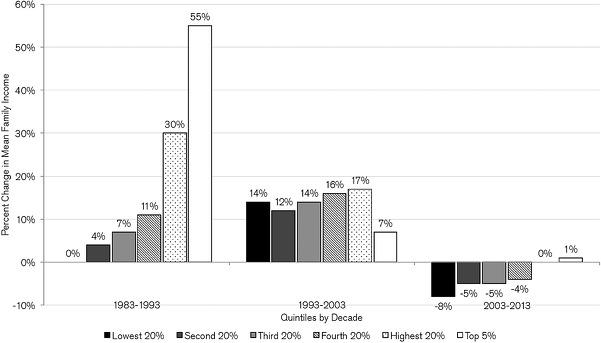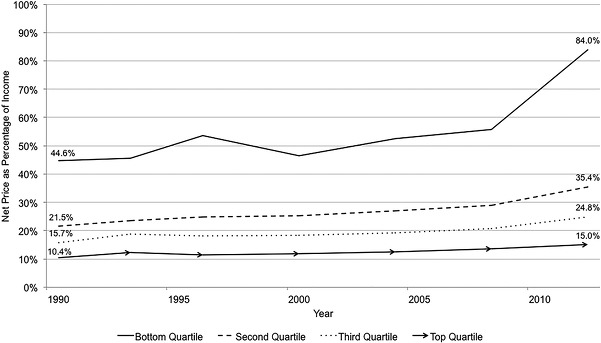Sara Goldrick-Rab - Paying the Price: College Costs, Financial Aid, and the Betrayal of the American Dream
Here you can read online Sara Goldrick-Rab - Paying the Price: College Costs, Financial Aid, and the Betrayal of the American Dream full text of the book (entire story) in english for free. Download pdf and epub, get meaning, cover and reviews about this ebook. year: 2016, publisher: The University of Chicago Press, genre: Politics. Description of the work, (preface) as well as reviews are available. Best literature library LitArk.com created for fans of good reading and offers a wide selection of genres:
Romance novel
Science fiction
Adventure
Detective
Science
History
Home and family
Prose
Art
Politics
Computer
Non-fiction
Religion
Business
Children
Humor
Choose a favorite category and find really read worthwhile books. Enjoy immersion in the world of imagination, feel the emotions of the characters or learn something new for yourself, make an fascinating discovery.
- Book:Paying the Price: College Costs, Financial Aid, and the Betrayal of the American Dream
- Author:
- Publisher:The University of Chicago Press
- Genre:
- Year:2016
- Rating:5 / 5
- Favourites:Add to favourites
- Your mark:
Paying the Price: College Costs, Financial Aid, and the Betrayal of the American Dream: summary, description and annotation
We offer to read an annotation, description, summary or preface (depends on what the author of the book "Paying the Price: College Costs, Financial Aid, and the Betrayal of the American Dream" wrote himself). If you haven't found the necessary information about the book — write in the comments, we will try to find it.
College is far too expensive for many people today, and the confusing mix of federal, state, institutional, and private financial aid leaves countless students without the resources they need to pay for it. In Paying the Price, education scholar Sara Goldrick-Rab reveals the devastating effect of these shortfalls.
Goldrick-Rab examines a study of 3,000 students who used the support of federal aid and Pell Grants to enroll in public colleges and universities in Wisconsin in 2008. Half the students in the study left college without a degree, while less than 20 percent finished within five years. The cause of their problems, time and again, was lack of money. Unable to afford tuition, books, and living expenses, they worked too many hours at outside jobs, dropped classes, took time off to save money, and even went without adequate food or housing. In many heartbreaking cases, they simply left schoolnot with a degree, but with crippling debt. Goldrick-Rab combines that data with devastating stories of six individual students, whose struggles make clear the human and financial costs of our convoluted financial aid policies.
In the final section of the book, Goldrick-Rab offers a range of possible solutions, from technical improvements to the financial aid application process, to a bold, public sectorfocused first degree free program.
Honestly one of the most exciting books Ive read, because [Goldrick-Rab has] solutions. Its a manual that Id recommend to anyone out there, if youre a parent, if youre a teacher, if youre a student.Trevor Noah, The Daily Show
Sara Goldrick-Rab: author's other books
Who wrote Paying the Price: College Costs, Financial Aid, and the Betrayal of the American Dream? Find out the surname, the name of the author of the book and a list of all author's works by series.

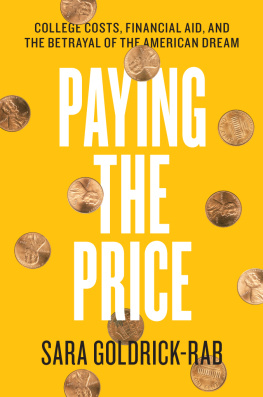


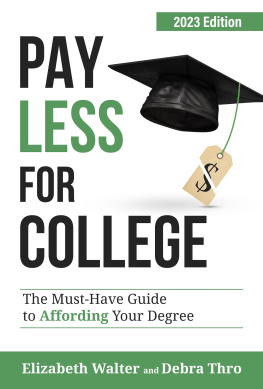
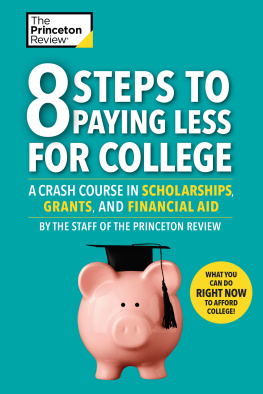
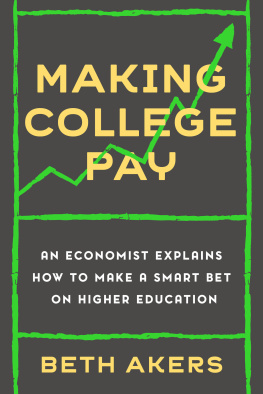


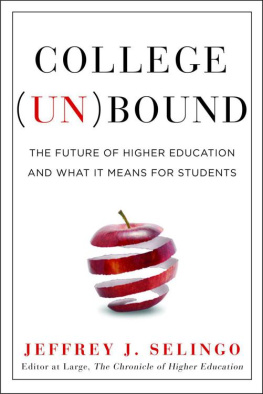
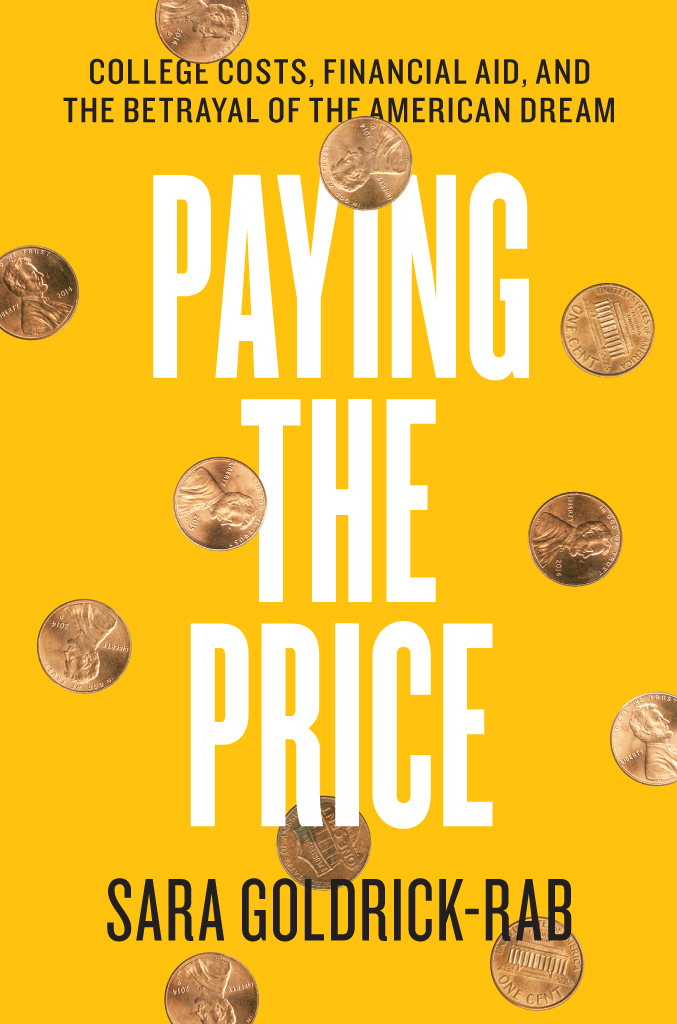
 This paper meets the requirements of ANSI / NISO Z39.481992 (Permanence of Paper).
This paper meets the requirements of ANSI / NISO Z39.481992 (Permanence of Paper).
